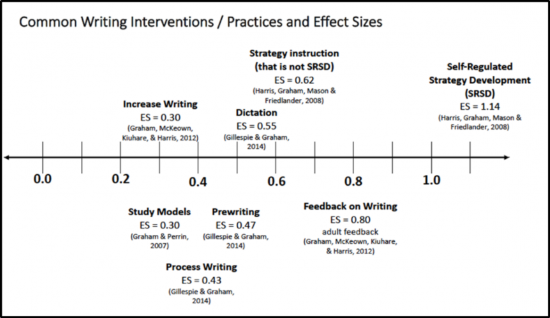The business of a school day can be overwhelming when paired with the pressures of accountability. As teachers and instructional leaders, we often get so caught up focusing on CCLS, pacing calendars, curriculum modules, and state exams that we lose sight of the fact that we need to work on developing trust and respect to effectively engage colleagues in our highly collaborative work.
In his book Better Conversations (2016), Jim Knight, a leader in instructional coaching, notes that “all relationships—even professional ones—have at their core a desire to share emotional information that helps people feel connected”. He states that learning how to work well within collaborative teams has everything to do with the quality of results. He has found that improvements in communication, and particularly the art of conversation, can lead to dramatic improvements not only in our own learning but also in student learning.
Knight points out that one of the most important and powerful ways we connect with other people is by sharing positive information. However, he suggests that leaders in many organizations, including schools, need to become “better witnesses of the good”. Given the fact that American education has been so focused on new accountability measures (new standards, new high stakes tests, new APPR/educator evaluation systems, etc.), it has become very easy for instructional leaders to perceive and provide feedback about the insufficiencies they see in their staff’s professional work. While this feedback is often well-intentioned, Knight states that this “bottom-up attention” to deficits needs to be replaced by “top-down attention” to the progress and risks teacher are engaging in as they move through new professional learning.
Robinson, Lloyd, and Rowe (2008) identified a critical focus for these conversations in a meta-analysis examining two models of leadership to see which one had the most significant impact on student learning. Transformational leaders were defined as those who focus on inspiring teachers to new levels of commitment toward a common mission while instructional leaders were those who attended to the quality and impact of school staff on student learning. The researchers looked at 22 studies that analyzed the activities of 2,883 principals and found that transformational leadership had no impact on student achievement (ES =.11) while instructional leadership had a significant impact (ES=.42). The authors concluded that transformational leaders were focused primarily on building positive relationships between the teachers and leaders; a quality which was not predictive of higher student outcomes. Instructional leaders also focused on developing trust with staff, but with a focus on creating reflective professional environments in which teachers felt safe to reflect on the evidence of their impact on students.
John Hattie (2012) encouraged instructional leaders to go one step further and seek to become learning leaders. This type of leadership focuses on consciously using features of professional development that we know have an impact on student learning, i.e., coaching over an extended period of time, using data teams, and ensuring teachers work collaboratively to plan lessons and reflect on the evidence of student learning in order to monitor and target their instruction. These kinds of professional development strategies build safe, reflective learning environments that focus on evidence of student learning. School leaders who use these approaches will be successful in creating positive climates for change.
References:
Hattie, J. (2012). Visible Learning for Teachers: Maximizing Impact on Learners. (pp. 174-175). New York, NY: Routledge.
Knight, J. (2016). Better Conversations: Coaching Ourselves and Each Other to be More Credible, Caring and Connected. (pp. 105-124). Thousand Oaks, CA: Corwin.
Robinson, V.M.J., Lloyd, C., & Rowe, K.J. (2008). The impact of educational leadership on student outcomes: An analysis of the differential effects of leadership types. Education Administration Quarterly, 41, 635-74.



 Data-Driven Decision-Making
Data-Driven Decision-Making  Increasing Post-School Success through Interagency Collaboration
Increasing Post-School Success through Interagency Collaboration  How Can We Improve Deeper Learning for Students with Disabilities?
How Can We Improve Deeper Learning for Students with Disabilities?  Positive Classroom Management: Creating an Environment for Learning
Positive Classroom Management: Creating an Environment for Learning  Self-Determination Skills Empower Students of All Ages
Self-Determination Skills Empower Students of All Ages  Fidelity of Implementation: What is it and Why does it Matter?
Fidelity of Implementation: What is it and Why does it Matter?  Rethinking Classroom Assessment
Rethinking Classroom Assessment  A Three-Step Approach to Identifying Developmentally Appropriate Practices
A Three-Step Approach to Identifying Developmentally Appropriate Practices  Transforming Evidence-Based Practices into Usable Innovations: A Case Study with SRSD
Transforming Evidence-Based Practices into Usable Innovations: A Case Study with SRSD